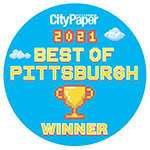How coworking is like being 2 years old
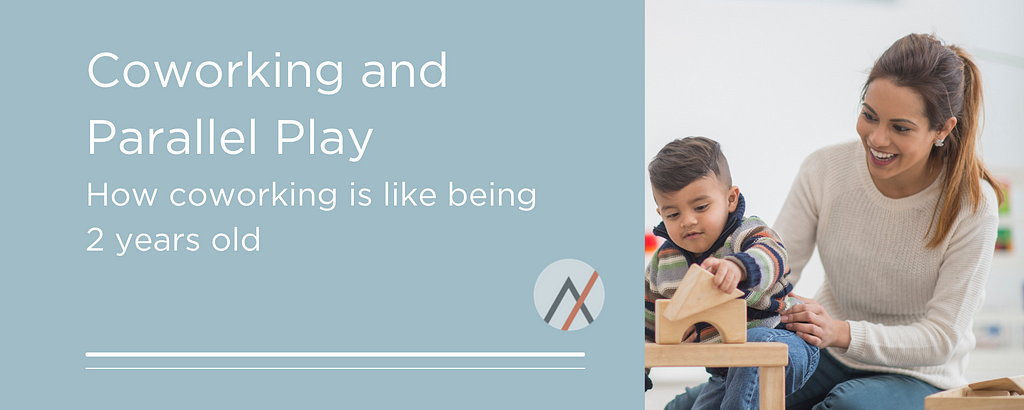
During the quarantine phase of the COVID-19 pandemic, the switch to work-from-home or hybrid flexibility was lauded by many who saw the demands of traditional work structures as harmful to mental health, family relationships, overall productivity, and more.
Now, as we inch closer to the second anniversary of the initial quarantine regulations, we are just starting to understand the impacts of going completely remote, and they aren’t always positive:
- 43% of workers reported increases in loneliness since the pandemic began. (Harvard)
- 52% of employed parents with children younger than 12 say it has been difficult to handle childcare responsibilities during the pandemic. (Pew Research)
- Employees feel less connected to their leaders, teammates, and friends compared to their lives before the coronavirus pandemic. (Employee engagement firm Glint)
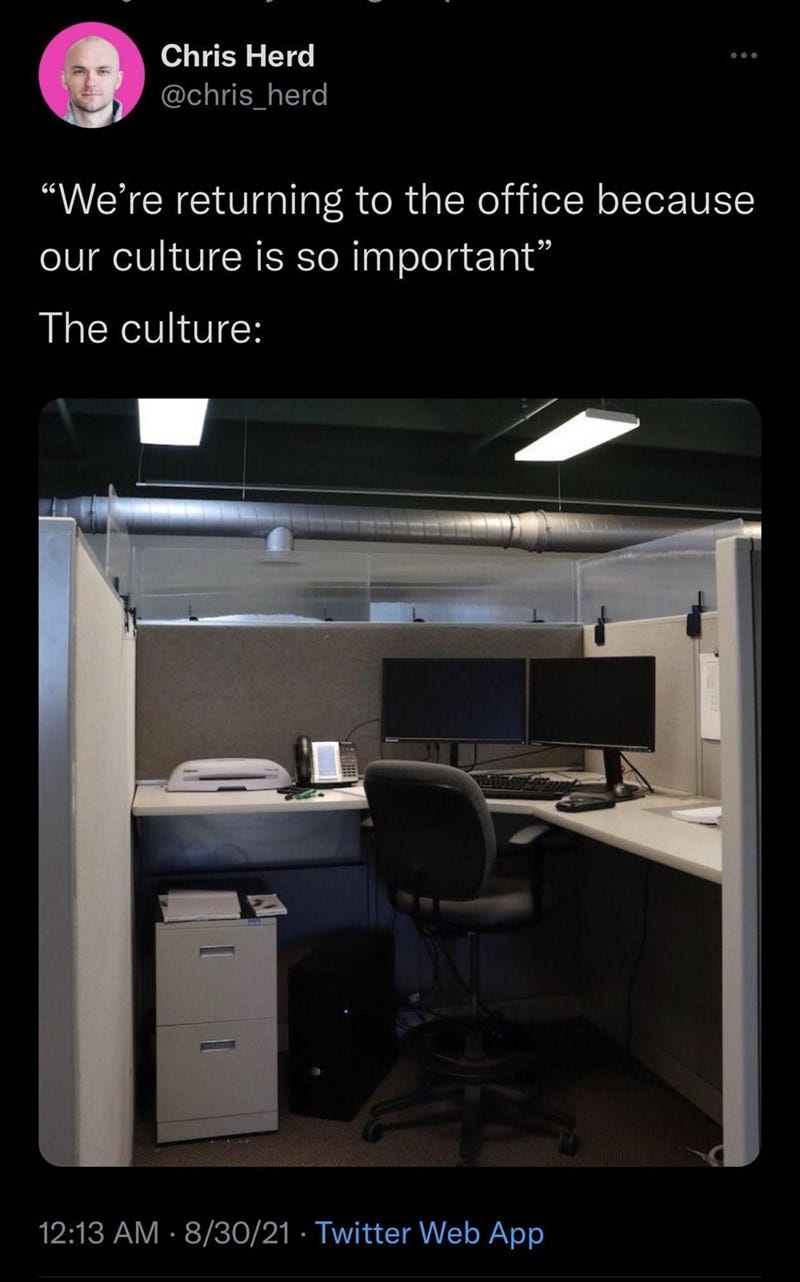
Despite all these negative impacts, there remains some healthy skepticism about returning to in-person worksites. Chris Herd, CEO of remote-work infrastructure company FirstBase went viral tweeting a meme picturing a washed-out cubicle captioned to compare the photo to the drab, lifeless office culture many leaders want their workers to return to.
In some respects, Herd is absolutely right — without intentional work to foster office culture, a return to in-person work can feel as lackluster as a beige cubicle wall — but it doesn’t have to be that way.
“I believe that collaboration and community are vital elements for fulfilling professional and personal life. Ascender is doing an excellent job of creating that exceptional collaborating environment. I’ve met so many amazing entrepreneurs and even potential clients here,” says web development manager and Ascender coworking member Iryna Kozlova.
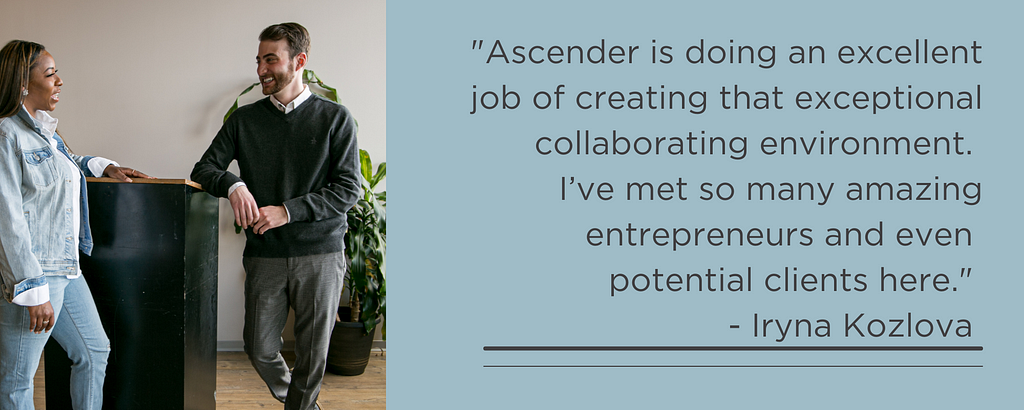
Let me be clear: flexibility and a people-first approach are, in my view, absolutely key to treating your employees right and setting up a healthy environment that prioritizes work-life balance, but there is value to working in person.
In the field of child development, there’s the concept of parallel play — kids who are still learning how to interact with one another will first play alongside each other, but not really with each other. This helps little ones grow confidence and social skills and develop cognitively by observing how others solve problems.
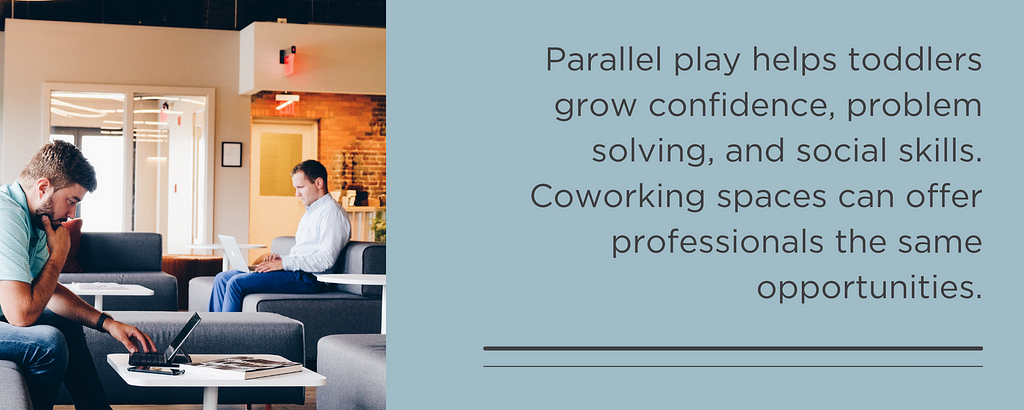
In some ways, working in a coworking environment can be a little like a child engaged in parallel play:
- You meet people you don’t work with directly: Because small companies, remote workers, independent contractors, and consultants tend to flock to coworking environments, you have the opportunity to work alongside, but not necessarily with, people from lots of different backgrounds. You’re provided the opportunity to tap into a productive flow without necessarily getting sucked into discussing endless details of shared projects since you’re all working on something different. At the same time, it also might mean finding folks who have similar knowledge and experience to vibe with. At a startup, there might only be one or two salespeople in-house, but in a coworking space, you can swap stories and strategies with congruent departments from other orgs.
- You get a peek at how others find solutions to similar problems: When one preschooler observes their pals building a sturdy block tower while theirs keeps tumbling down, they are likely to pick up on some new tower-building techniques of their own. If that’s not an apt metaphor for startup life, what is?
- You have stuff you just don’t have at home: Just as toddlers look forward to the favorite toys, storytime, friends, and teachers that they don’t interact with at home, coworking spaces can offer a change of scenery from the everyday. Fun events, Zoom-ready spaces, fresh coffee, and catered delicacies from local restaurants add to the vibrancy of the workday and shake up your routine.
- You have access to a social network: As we move into a post-pandemic future, it’s increasingly important for people to streamline the number of events to attend and to-do list items to cross off as we maintain whatever work-life balance we’ve been able to achieve. To that end, coworking spaces are great for connecting with others in ways beyond work while you’re at work. Recently, both a Spanish-language conversation group and a contingent of rock climbing buds sprang up at Ascender, all as part of organic conversations between folks meeting and working together here.
Whatever your work routine looks like now, everyone’s top priority should be holistic health and safety.
“Working from home is great but can be isolating and distracting at times. Many people are vaccinated now, and everyone works in masks and spread out at Ascender, so I feel very safe,” says Kozlova.
If you think a hybrid coworking model is a part of a plan that will work for you, feel free to meet with us to discuss all your coworking questions and concerns.
Connect with us
Learn more about Ascender: https://ascenderpgh.com/
Sign up for our newsletter or send us a note: info@ascenderpgh.com
Follow us: Twitter — Facebook — LinkedIn — Instagram
From fledgling tech companies, healthcare innovators, and nonprofits to makers, creators, services and shops, Ascender is for Pittsburgh’s entrepreneurs. We help businesses of all types in the Pittsburgh region start and build a business through education and connectivity. See how Ascender can help you.
Coworking and Parallel Play was originally published in Ascender on Medium, where people are continuing the conversation by highlighting and responding to this story.
